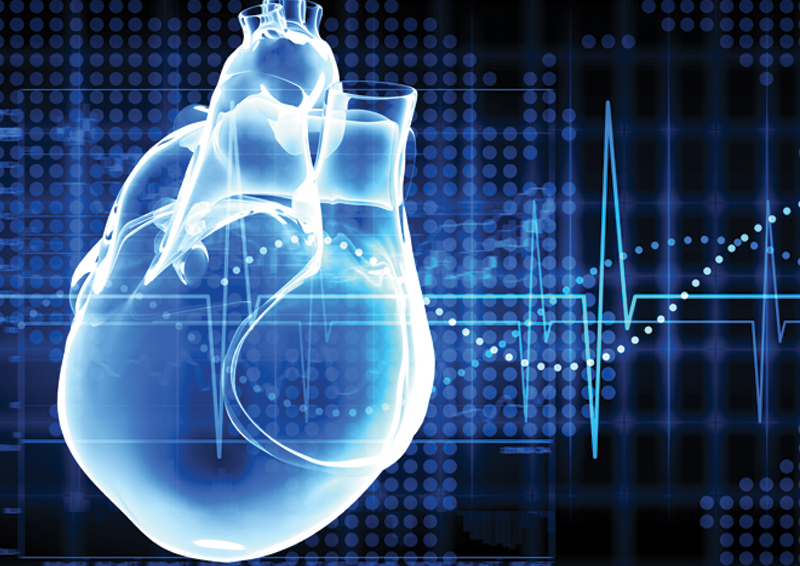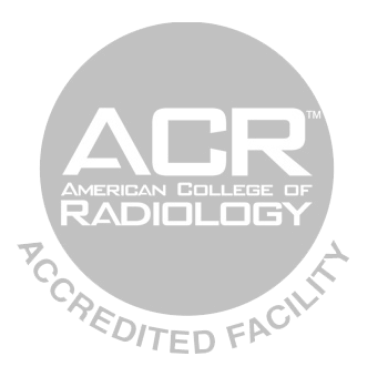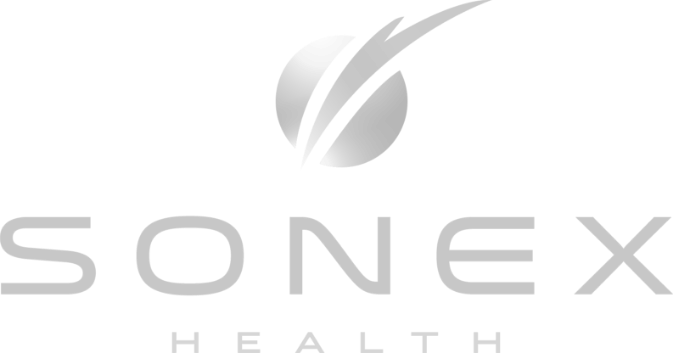Cardiac Imaging is critical in assessing heart function.
Our Team Includes Top Physicians in the Field.
Using cardiac imaging to assess the structure and function of the heart is critical to the successful management of any cardiac disorder. We are dedicated to working with you and your physician to help make a diagnosis and provide the care you need.

Hear from our Patients
Our experts are specifically trained to assess a diverse range of medical conditions, ensuring a detailed discussion on the most effective diagnostic procedures and optimal treatment plans.
This approach provides our patients with a comprehensive understanding of their health situation and the best pathways to recovery.

Benjamin Thompson
My experience with Dr. Couvillon and his team was very positive. I was nervous and apprehensive about my UFE procedure but Dr. Couvillon and his entire team have the medical knowledge and people skills that put my uneasiness to rest quickly. I would recommend this practice to my friends and family. I’m grateful for such a positive medical experience with this facility.

Sophia Anderson
Dr. Couvillon is a genius. He found the reason for my pain and after the procedure, I was 100% better. I can eat again. The tech was thorough and I felt confident in the results. She is the best. I am thankful that I was able to connect with Winchester Radiologists. Courtney, thank you for scheduling me so quickly. Dr. Fox, thank you for your amazing kindness and persistence in scheduling my procedure.

Emily Parker
Dr. Jahed is a wonderful physician. I was seen by him for pain in my thumb caused by internal swelling around the connection to the hand. He explained what was causing my pain and the best treatment. He gave me my second injection today, my first one was about 5months ago. When he gives the injection, it is not painful at all. He listens and explains things very well. I recommend Dr. Jahed highly – a wonderful physician.

Noah Lewis
I found the receptionist to be friendly and courteous, a very clean space, was taken back within 5 minutes of arrival, staff was very friendly and courteous, the Dr was very thorough and answered our questions.
I give it 5 stars!









